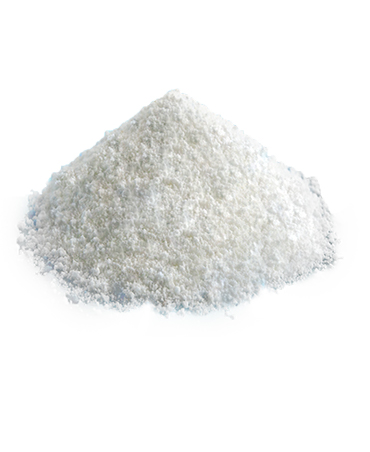


Ceramic frit is a specialized glass powder used in the production of ceramic surfaces. It is a crucial component in ceramic glazes and coatings, offering a wide range of aesthetic and functional benefits. Through careful formulation and application, ceramic frit plays a vital role in achieving desired colors, textures, and performance characteristics in ceramic products.
Ceramic frit is a finely ground glass powder composed of various oxides, such as silica, boron, alumina, and fluxing agents. It is commonly used in the ceramic industry to produce glazes, engobes, and other surface coatings. When heated, ceramic frit melts and fuses with the ceramic substrate, forming a durable and decorative surface layer.
Ceramic frits are formulated to melt within specific temperature ranges, allowing for controlled application and fusion onto ceramic surfaces during firing.
Offers consistent color development and stability under high-temperature firing conditions, ensuring uniform and vibrant coloration in finished ceramic products.
Can be engineered to produce various surface finishes, including glossy, matte, textured, and crystalline, enhancing the tactile and visual appeal of ceramic surfaces.
Provides excellent resistance to chemicals, abrasion, and environmental factors, ensuring long-lasting durability and performance in a wide range of applications.
Allows for the creation of both opaque and translucent effects in ceramic glazes, providing versatility in design and aesthetic options.
| Process | Description |
|---|---|
| Batch Mixing | Raw materials, including silica, fluxes, colorants, and other additives, are precisely weighed and mixed to create a homogeneous batch. |
| Melting | The batch mixture is melted in a high-temperature furnace to form a glassy melt. |
| Quenching | The molten glass is rapidly cooled by pouring it onto a steel conveyor belt or into water, causing it to solidify into glass frit particles. |
| Milling | The cooled glass frit is crushed and milled into fine powder particles of controlled size distribution. |
| Sieving | The milled frit powder is sieved to remove any oversized or undersized particles, ensuring uniformity and consistency in the final product. |
| Packaging | The ceramic frit powder is packaged into bags or containers for storage and distribution to ceramic manufacturers. |